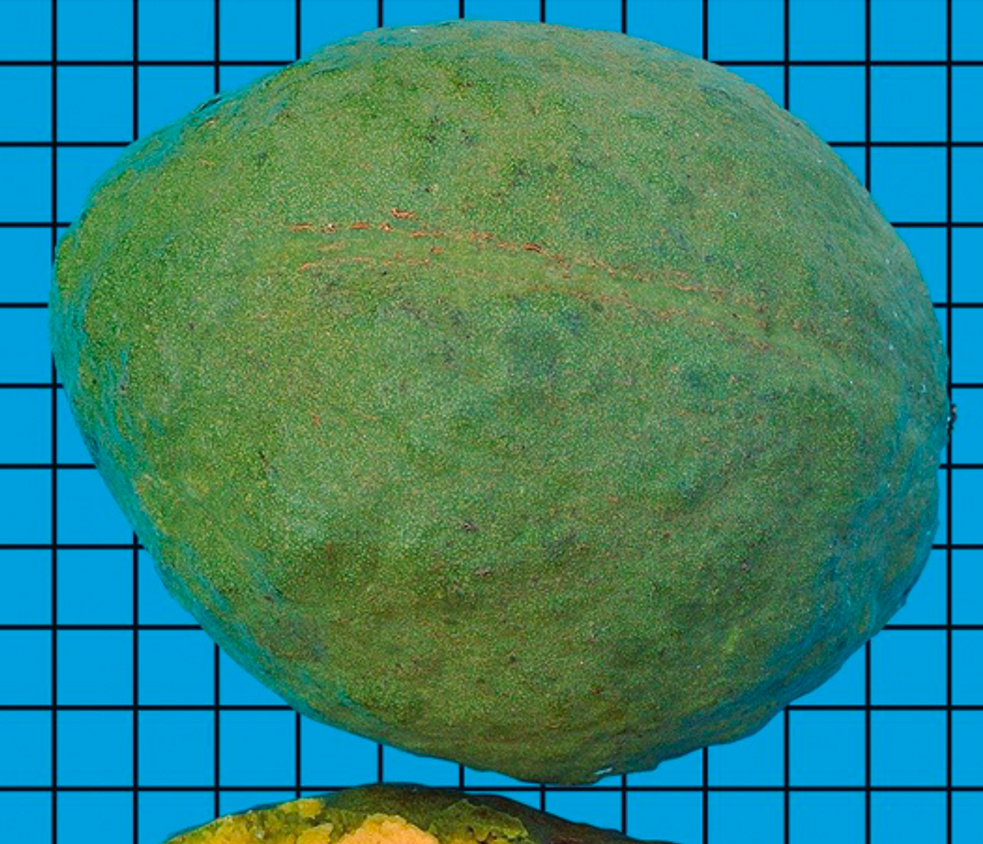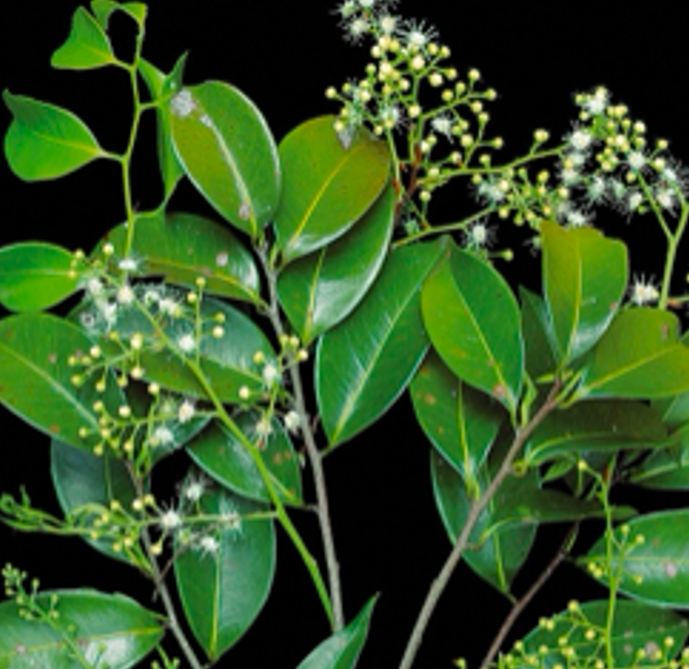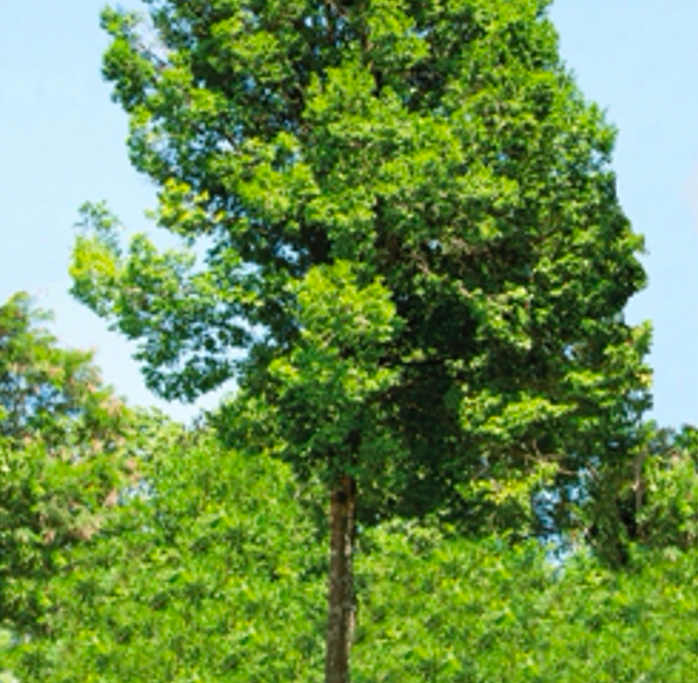Licania Salzmannii - Bahia Sunsapote - GERMINATED
Seeds are very limited. Licania salzmannii is a semi-deciduous tree native to the Atlantic Rainforest, growing from Alagoas to the Valley of the Rio Doce and northern Espírito Santo, reaching heights of 15-40 meters with a straight trunk 50-70 cm in diameter. It's occasionally found in botanical and private collections, featuring simple, short-petiolate, chartaceous, glabrous leaves 8-16 cm long, and small, white, androgynous flowers with long stamens from July to September. The tree produces ellipsoid drupes over 12 cm long, green when unripe, with a fibrous, aromatic mesocarp that ripens in the fall. Historically, these fruits were popular in Salvador, Bahia, eaten fresh or used to make sweets similar to poached pears during the colonial period, with propagation mainly by seeds, which grow very slowly.
You are purchasing a single germingated seed. Seeds are shipped in humid vermiculite.
Seeds are very limited. Licania salzmannii is a semi-deciduous tree native to the Atlantic Rainforest, growing from Alagoas to the Valley of the Rio Doce and northern Espírito Santo, reaching heights of 15-40 meters with a straight trunk 50-70 cm in diameter. It's occasionally found in botanical and private collections, featuring simple, short-petiolate, chartaceous, glabrous leaves 8-16 cm long, and small, white, androgynous flowers with long stamens from July to September. The tree produces ellipsoid drupes over 12 cm long, green when unripe, with a fibrous, aromatic mesocarp that ripens in the fall. Historically, these fruits were popular in Salvador, Bahia, eaten fresh or used to make sweets similar to poached pears during the colonial period, with propagation mainly by seeds, which grow very slowly.
You are purchasing a single germingated seed. Seeds are shipped in humid vermiculite.
Seeds are very limited. Licania salzmannii is a semi-deciduous tree native to the Atlantic Rainforest, growing from Alagoas to the Valley of the Rio Doce and northern Espírito Santo, reaching heights of 15-40 meters with a straight trunk 50-70 cm in diameter. It's occasionally found in botanical and private collections, featuring simple, short-petiolate, chartaceous, glabrous leaves 8-16 cm long, and small, white, androgynous flowers with long stamens from July to September. The tree produces ellipsoid drupes over 12 cm long, green when unripe, with a fibrous, aromatic mesocarp that ripens in the fall. Historically, these fruits were popular in Salvador, Bahia, eaten fresh or used to make sweets similar to poached pears during the colonial period, with propagation mainly by seeds, which grow very slowly.
You are purchasing a single germingated seed. Seeds are shipped in humid vermiculite.





